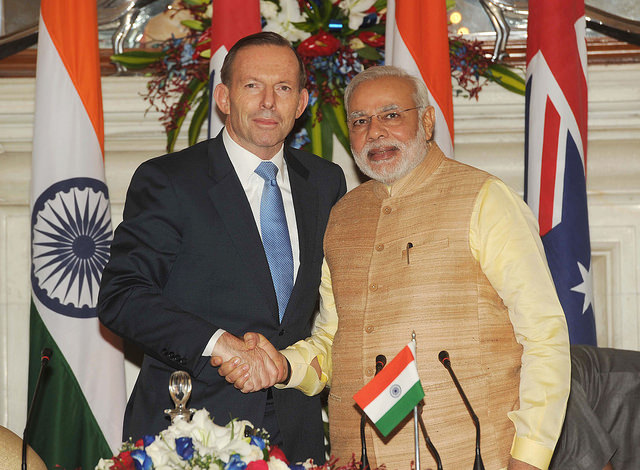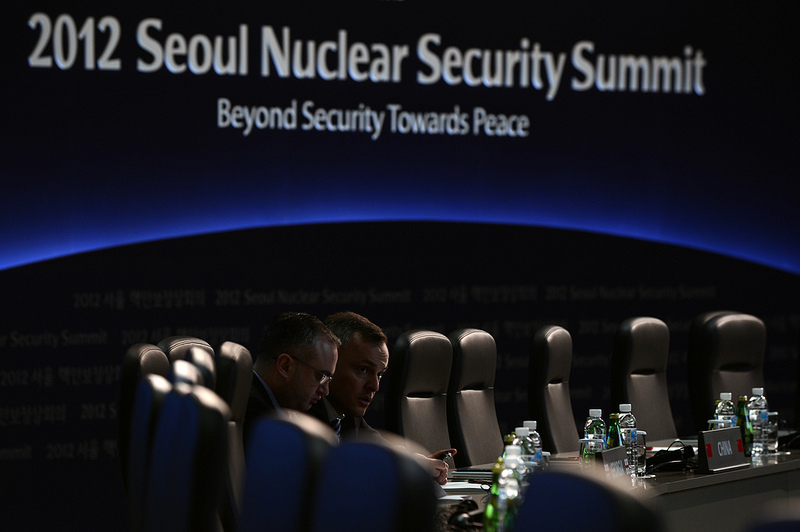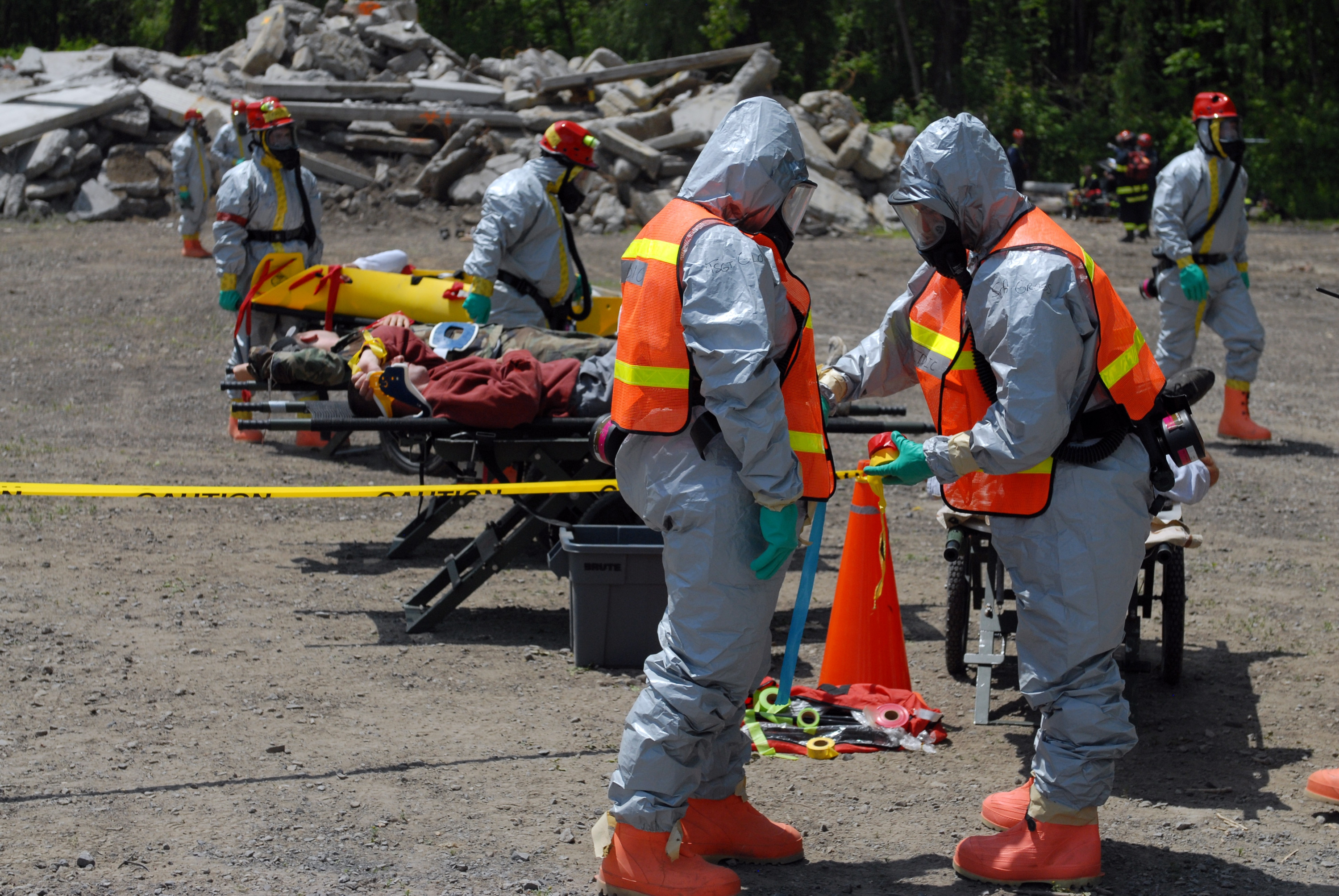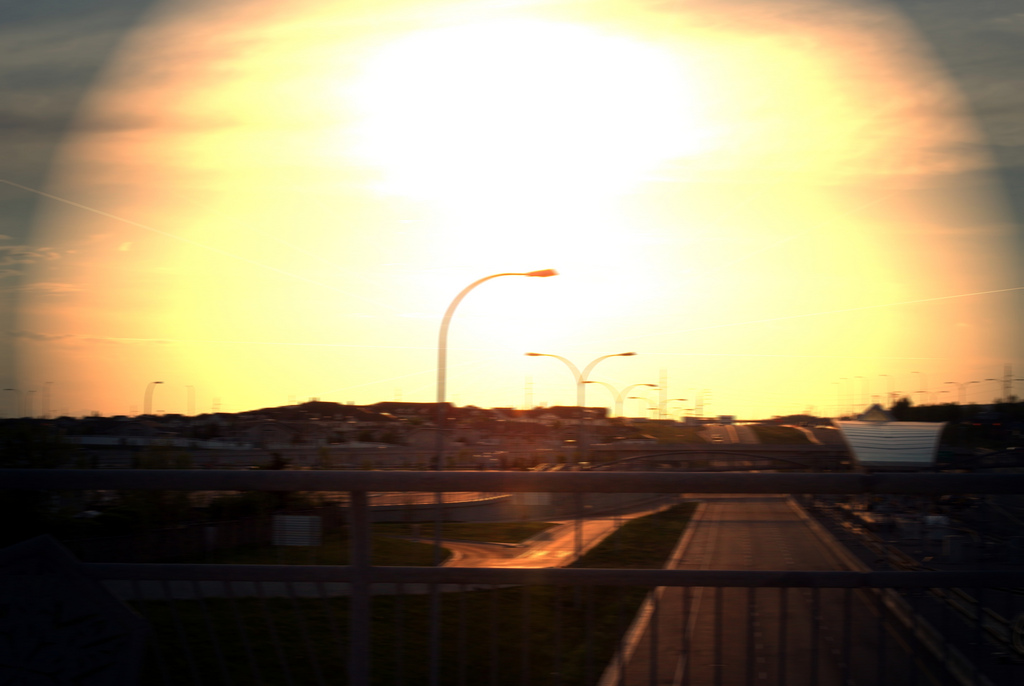Ensuring the right safeguards are in place for Australia’s nuclear-powered submarines
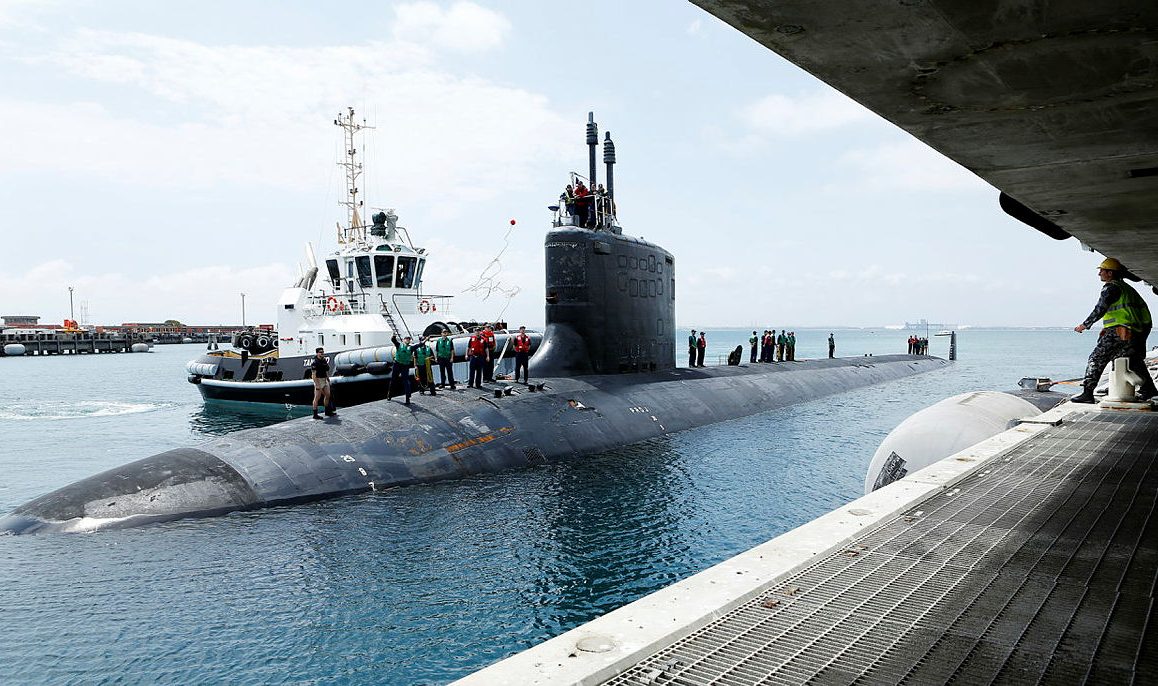
When the AUKUS deal was announced in September, it generated immediate concern from nuclear watchdogs that the pact—which aims to deliver eight nuclear-powered submarines from the US or UK to Australia, fuelled by weapons-grade nuclear material—would deal a serious blow to non-proliferation norms.
At the time, the head of the International Atomic Energy Agency, Rafael Grossi, said that the deal could create a troubling precedent for other states to follow. He went on to note that Iran had already taken the opportunity at UN meetings to argue that AUKUS provided precedent for Tehran to accelerate its own plans for nuclear-powered submarines.
An IAEA taskforce on the issue was set up, amid claims from China that Australia’s proposed submarines could not be safeguarded under the current IAEA framework, and that the US, Australia and UK were vandalising the nuclear non-proliferation regime.
The AUKUS trilateral countered by asserting that it would continue to cooperate with the IAEA underneath the framework of Australia’s comprehensive safeguards agreement and additional protocol.
So, can the submarines be safeguarded? And do they actually need to be under the Treaty on the Non-Proliferation of Nuclear Weapons (NPT)?
As AUKUS was being negotiated, the Biden administration reportedly had serious concerns about the non-proliferation impacts of the deal, given that this would be the first time that a nuclear-weapon state has undertaken to transfer highly enriched uranium (HEU) to a non-nuclear-weapon state.
But experts on the NPT assured the US administration that everyone would meet their obligations under the treaty if Australia were barred from accessing the reactors inside its submarines.
So, the naval reactors would have to be sealed by the US or UK inside the submarine hulls before they came to Australia, remain sealed throughout the 30-year life of the submarine and be removed by the US or UK at the end of that life. That means if the submarines are to be built here, a section of the hull and reactor would need to be built in the US or UK and then moved to Australia. Or, if that is not feasible, then a reactor could possibly be imported into Australia, but with no Australian personnel having access to it at any time, something which would presumably need to be verified by the IAEA in some way that would also not give inspectors access to the reactor.
This means that, in theory, Australia’s naval reactors would not have to be safeguarded because the HEU contained in them would never be accessed by any country that is not a nuclear-weapon state.
Under the NPT, the five accredited nuclear-weapon states, China, Russia, the US, the UK and France, do not have to put their nuclear-weapons-related material under IAEA safeguards, although they all have voluntary safeguards agreements with the IAEA covering their civil nuclear programs.
The NPT doesn’t cover naval reactors. But because the deal involves the transfer of HEU to a non-nuclear-weapon state, Australia is not off the safeguards hook. Not safeguarding this would create a precedent for HEU transfer through naval reactors. So Australia needs not an exemption, as has sometimes been reported, but a new type of safeguard.
John Carlson, former director general of the Australian Safeguards and Non-Proliferation Office (ASNO), who currently advises non-proliferation bodies internationally, and has written extensively on the issue, says standard safeguards can’t apply here.
He gives two reasons. The first is that nuclear-weapon states like the US and UK don’t want to reveal secret information on fuel and rector design to IAEA inspectors.
The other issue is that under a standard IAEA safeguard, inspections must take place regularly. For the irradiated HEU in Australia’s submarines, that would require inspections every three months. But given the nature of submarine deployments, Australia wouldn’t be able to ensure that they would be in port to be inspected at the proper time.
But, says Carlson, ‘Australia has an obligation to demonstrate to the international community that we haven’t simply diverted the fuel, and used it to produce nuclear weapons. This is why we need to develop a verification arrangement with the supplier and the IAEA.’
While it wouldn’t be a standard safeguard, it must be ‘sufficient to demonstrate to the international community, in a credible way, that the fuel is still in the submarines at any point in time’.
But what might some kind of alternative verification mechanism look like?
Given that the naval rectors will be built into the hulls of Australia’s submarines, they could not be accessed without cutting into the hull.
Therefore, says Carlson, a simple verification approach would be for IAEA inspectors to check that the hulls have not been opened every time a submarine returns to port.
‘This can be done through ultra-sonic techniques, which would also be able to identify each submarine individually.’
But there’s one other scenario that an Australia-specific safeguard would have to cover. And that is in the event of an accident where Australia would need to gain access to the reactor.
‘We could claim that that the reactor needed urgent attention, and this would actually be a way to get our hands on the fuel.’
This would be a major undertaking. It would require Australia to be equipped with all the equipment necessary to handle the fuel safely, as well as help from the US or UK.
And to use the fuel for weapons, it would have to undergo complex reprocessing.
‘Part of the safeguards approach by the IAEA would be checking whether Australia has these other technologies. Do we have shielded containers that could unload fuel from a reactor? Do we have large-scale hot cells that could be used for reprocessing? Do we have specialised remote-handling equipment to be able to handle highly radioactive material safely?’
And the IAEA could check all Australia’s ground-based nuclear facilities at any time because Canberra has already signed up to the IAEA additional protocol mechanism which allows this.
The final piece of the safeguard puzzle is the politics. The member states of the IAEA would need to be comfortable with creating a special safeguard for Australia.
In 1978, then IAEA director general Sigvard Eklund advised that any proposed naval fuel arrangement would be referred to the IAEA Board of Governors to decide on the appropriate action. Eklund did not stipulate that board approval would be required, however.
But, says Carlson, it would be very surprising if the board decided its approval is not required, given the intense interest in the precedent being set by the AUKUS deal. And if the arrangement is to be legally binding, board approval would be required. Safeguards agreements are usually approved by consensus but if a vote is needed, the decision would be by simple majority.
Carlson thinks IAEA approval is likely, but it will need careful, steady diplomacy.
‘There’s been considerable tension between China and Australia, and China is particularly agitated about this project. What we need is to have the time to approach things in a technical, rather than political fashion. We need to talk through the legitimate concerns about how to verify that Australia, or another non-nuclear-weapon state that wants nuclear-powered submarines, is not diverting nuclear material to weapons.’
‘This can be readily done’, says Carlson. ‘It’ll be innovative. It’s not standard safeguards. But it can be done convincingly. It needs to be handled calmly in the IAEA. And the director general, Rafael Grossi, is exactly the person to do that.’

